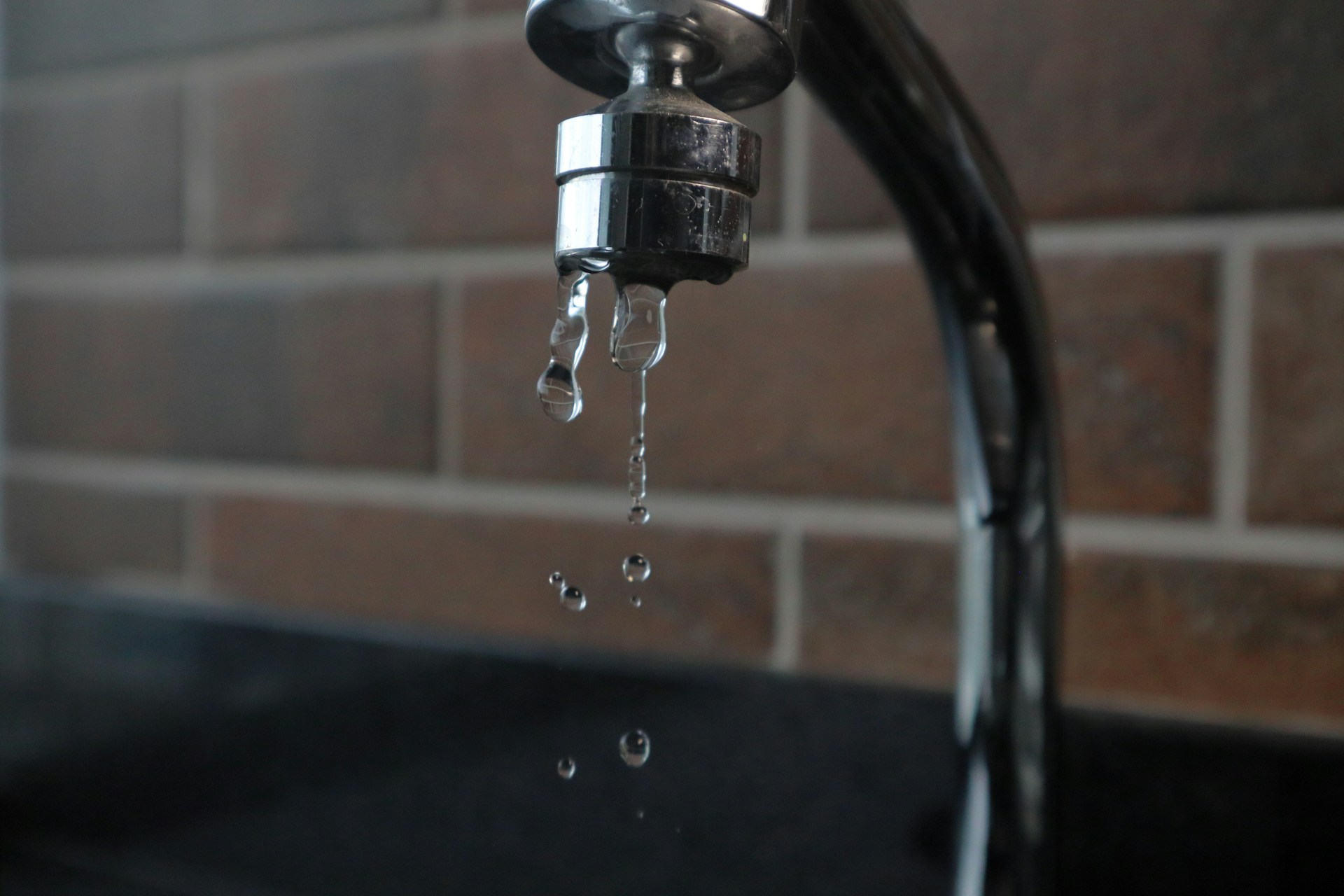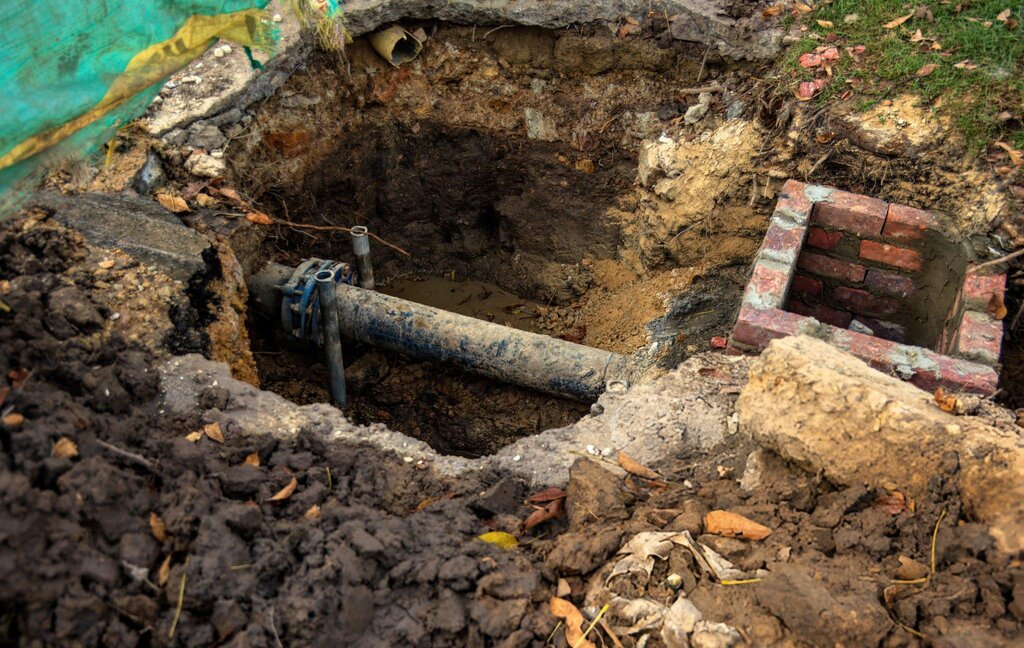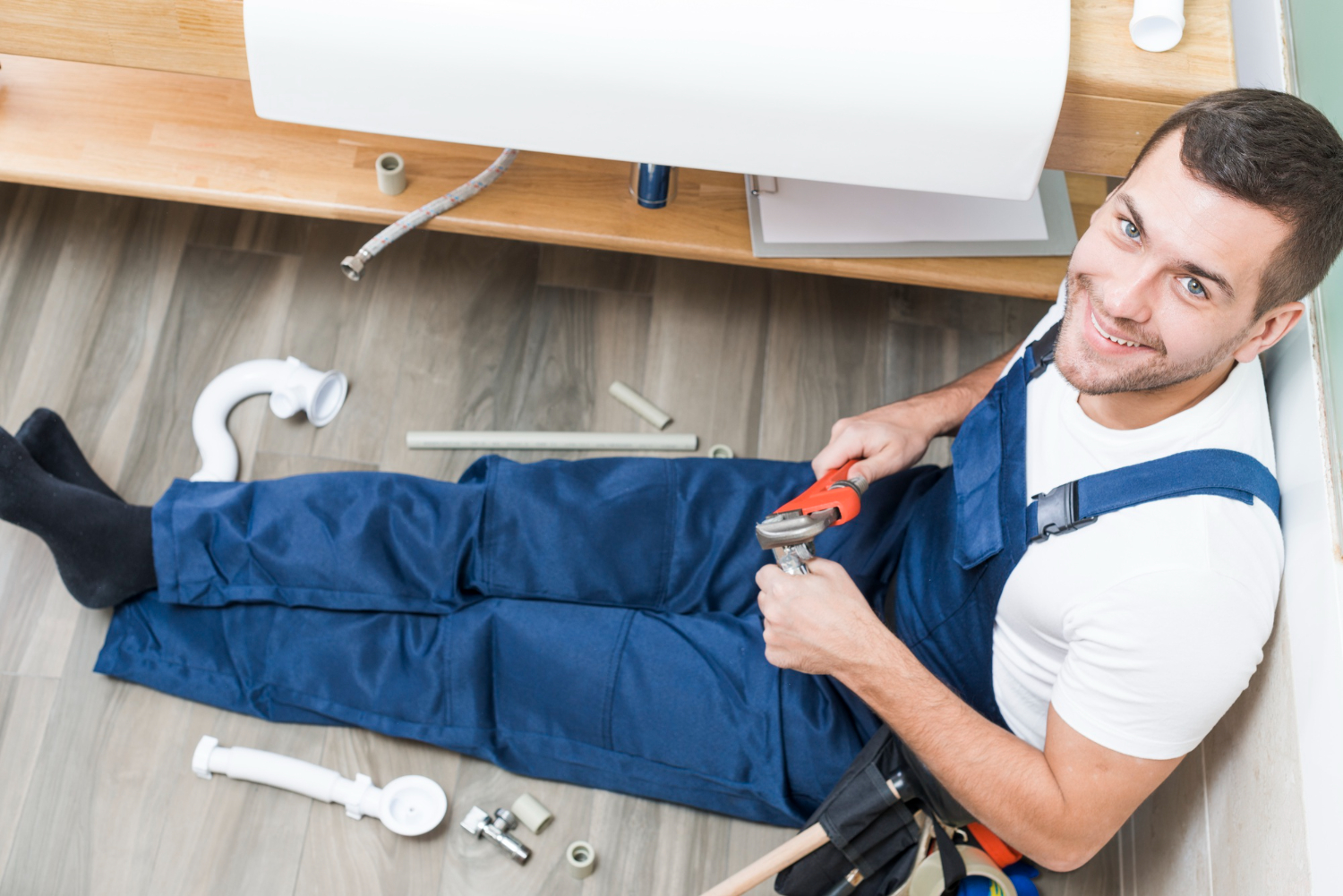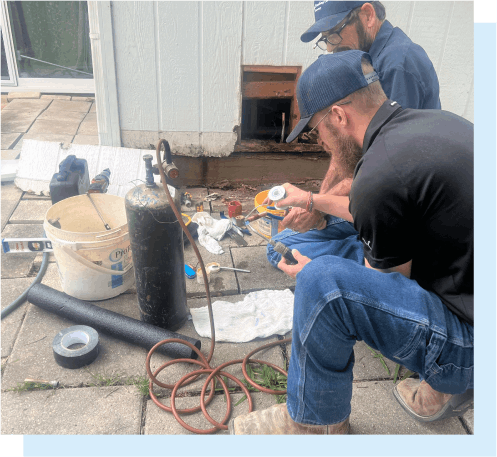Keeping your home safe and healthy requires more than just regular cleaning. One critical aspect that often gets overlooked is backflow testing. Backflow happens when dirty water flows backwards into your clean water supply. This can contaminate your drinking water with harmful substances like chemicals, bacteria, and other pollutants.
Imagine using a hose to water your garden. If there’s a sudden drop in water pressure, contaminated water from the hose can flow back into your home’s water lines. This poses serious health risks for you and your family. Ensuring that your plumbing system is protected against backflow is essential for maintaining a clean water supply.
Backflow testing checks your system to make sure it has the proper valves and protections in place. These tests are designed to catch any issues before they become major problems. Ignoring backflow risks can lead to unpleasant consequences, including illness and costly repairs. Regular backflow testing is a simple step that provides peace of mind, knowing your water remains clean and safe.
By understanding the importance of backflow testing, you can take proactive measures to protect your water supply. This guide will explain how backflow testing works, its benefits, and how to choose the right professional for the job. Backflow testing is not just a recommendation; it’s a crucial part of home maintenance.
Understanding Backflow and Its Risks
Backflow occurs when the normal flow of water is reversed, causing contaminated water to enter clean water supplies. This can happen due to sudden changes in water pressure, which can be caused by things like a burst pipe, a high demand on the water system, or fire hydrant use. Without proper safeguards, dangerous contaminants such as pesticides, harmful bacteria, and household chemicals can mix with drinking water.
One major risk of backflow is health hazards. Consuming contaminated water can lead to severe illnesses, including gastrointestinal infections and other serious health conditions. For households with children, the elderly, or individuals with weakened immune systems, the dangers are even more significant.
Backflow can also cause damage to your plumbing system. Contaminants might corrode pipes and fixtures, leading to costly repairs and replacements. In the worst-case scenarios, extensive contamination might require the entire plumbing system to be flushed and treated, a time-consuming and expensive process.
Understanding these risks highlights why preventing backflow is crucial. Regular backflow testing ensures your water supply remains clean and safe, protecting both your health and your home’s plumbing infrastructure.
How Backflow Testing Works
Backflow testing involves examining your plumbing system to ensure that backflow prevention devices are installed and functioning correctly. These devices, such as check valves and air gaps, are designed to stop any reverse flow of water.
During a backflow test, a certified technician will first turn off your water supply to prevent any water from entering the system while checking the devices. The technician uses specialized equipment to measure water pressure and flow, making sure the prevention devices are holding up against possible backflow conditions.
The process also includes inspecting the physical condition of the devices. The technician looks for wear and tear, corrosion, or any signs of malfunction. Regular wear can compromise the effectiveness of backflow preventers, so identifying and repairing these issues early is essential.
If any problems are detected, the technician will recommend repairs or replacements to correct them. This might involve replacing faulty components or adjusting the system to improve its overall performance. Once any issues are addressed, the technician will retest the system to confirm everything is working as it should.
Backflow testing might sound complex, but it is a straightforward process that plays a vital role in ensuring your water remains safe from contamination. Regular testing detects and resolves potential problems before they can impact your water quality, making it a wise investment for any homeowner.
Benefits of Regular Backflow Testing
Regular backflow testing offers several important benefits. First and foremost, it ensures the safety of your drinking water. Testing identifies and addresses any issues with your backflow preventers, stopping contaminants from entering your clean water supply. This keeps you and your family safe from waterborne illnesses.
Another key benefit is the protection of your plumbing system. Backflow can cause significant damage to your pipes and fixtures. By catching problems early through routine testing, you can avoid costly repairs and extend the lifespan of your plumbing system. This preventive measure saves both time and money in the long run.
Compliance with local regulations is another reason to schedule regular backflow testing. Many areas require annual testing to prevent public water contamination. Meeting these requirements helps you avoid fines and ensures you are contributing to a safer community by maintaining clean water standards.
Consistent testing also provides peace of mind. Knowing your water supply is safe allows you to focus on other aspects of home maintenance without worry. It’s a simple step that offers reliable protection and convenience for any homeowner.
Choosing a Professional for Backflow Testing
Selecting the right professional for backflow testing is crucial for accurate and reliable results. Here are some tips to help you make an informed choice.
First, ensure the technician is certified and experienced in backflow testing. Certification means they have undergone proper training and understand the complexities of backflow prevention systems. Experience ensures they can handle a variety of situations and provide accurate assessments.
Check for references and reviews. A reputable professional will have positive feedback from previous clients. Reading reviews or asking for references gives you insight into their reliability and quality of work.
It’s also important to choose someone familiar with local regulations. Each area may have specific rules regarding backflow testing and prevention. A knowledgeable professional will ensure your system complies with these regulations, avoiding potential legal issues.
Consider the range of services offered. Some professionals may provide additional plumbing services, allowing for comprehensive care of your entire plumbing system. This can be convenient and ensure your home’s plumbing is thoroughly maintained.
By carefully choosing a qualified professional, you can ensure your backflow testing is done correctly, providing safe and clean water for your home.
Conclusion
The importance of backflow testing for home safety cannot be overstated. Regular testing ensures your water supply remains uncontaminated and your plumbing system functions efficiently. Understanding the risks of backflow and how testing works empowers you to take necessary steps to safeguard your water quality.
By investing in regular backflow testing, you protect your home and family from potential health hazards and costly repairs. Choosing a qualified professional to conduct the testing further guarantees that your system is in good hands and meets all local regulations.
Don’t take chances with your water safety. Contact our plumbing company in Texas at George Plumbing Co., Inc. today to schedule your backflow testing. Let our experienced team ensure your water supply remains clean and safe for you and your family.





